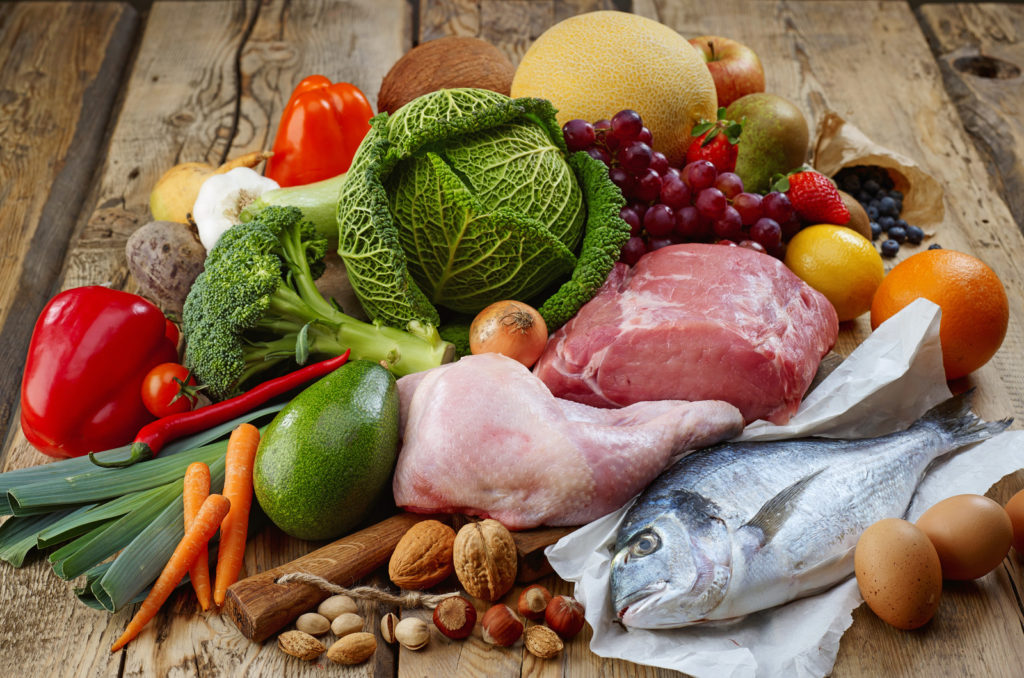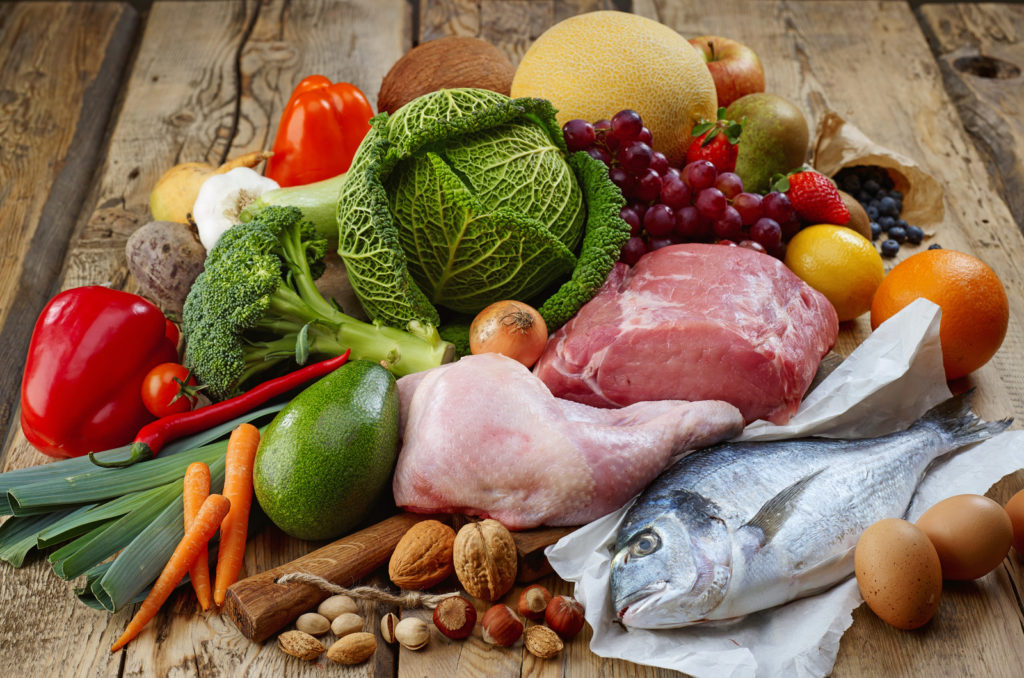At first glance the Paleo Diet seems to make sense…
The idea behind it is pretty simple. Because our bodies weren’t designed to handle more recent changes in our diet it makes sense to go back a million years or so and eat like our Palaeolithic ancestors.
The recent changes being things like refined sugars, starchy carbs, grains, legumes, dairy products, processed food…and junk food.
The logic behind it: Our ancestors didn’t get diseases such as diabetes and heart disease and if you eat like them today, neither will you.

But is the premise flawed?
Bestselling author and food expert Michael Pollan in an interview with the Huffington Post recently said…
“The fact is we’ve changed since then (the Palaeolithic era). We have evolved. We didn’t, for example, produce enzymes to digest grain back then. We didn’t produce enzymes to digest lactose – the sugar and milk. So we have evolved. We are not the same body that was eating in the cave.”
Plus many experts say the science is still out on what portion of their diet was animal-based and what portion was plant-based.
With that in mind, let’s take a look at the Paleo Diet to see if it makes sense. First off…
What can you eat on the Paleo Diet?
Animal based proteins such as meat (preferably grass-fed,) eggs and fish. Fruits and Non-starchy Vegetables (lettuce, asparagus, green beans, broccoli, cabbage, Brussel sprouts, cauliflower, spinach.) Nuts (almonds, walnuts, cashews, pecans, pistachios) and seeds (such as pumpkin and sunflower seeds) Plant-based oils (olive oil, walnut oil, grapeseed, coconut); herbs and spices.
What do you avoid eating on the Paleo Diet?
Dairy (no milk, yogurt, ice cream or cheese.) Grains. Legumes or beans (no peanuts or peanut butter, no black or baked beans or anything with soy in it.)
Starches. Alcohol. Processed foods. No sugars or sugar substitutes. No high fat meat such as salami, bologna, pepperoni, hot dogs, ground meat, or ribs.
What other diets are similar to the Paleo Diet?
The Paleo Diet is big on protein, low on carbs. Other diets with a similar focus are the Atkins Diet, the South Beach diet, Sugar Busters, and the Dukan diet.
Pros to the Paleo Diet
If you strictly adhere to it you will be eating a diet without preservatives, chemicals or additives.
- You will potentially lose weight, for the most part, due to your avoidance of processed foods, fast foods and sugar.
- It eliminates white refined carbohydrates from your diet which tend to increase your blood sugar level and have little nutritional value.
- It encourages you to eat plenty of vegetables and reduce your sugar intake.
- You will eat less salt. High levels of salt contribute to high blood pressure and risk of heart disease and stroke.
- It expunges processed foods from your diet.
- It encourages the consumption of meat that has been humanely raised and pasture fed.
- There’s no calorie counting.
Cons of the Paleo Diet
- No grains. Grains are an important source of fibre and nutrients have been associated with significantly lower risk of heart disease and diabetes.
- No legumes. Among other benefits, research has shown that legumes help lower your risk of heart disease and stabilise blood sugar for people with diabetes.
- A large reliance on meat. Meat has been linked to the increased risk of disease.
- Very restrictive. Which means it might be hard for some to stick to it long term.
- It can be pricey and time-consuming.
How much meat do you eat on a Paleo Diet?
A sample one week Paleo Menu from the Authority Nutrition website included a total of 15 meals that involved eating some type of meat.
For a normal sized male, the Paleo diet generally contains between 150 and 200 grams of protein a day. This amount is about three to four times more than recommended by the Centers for Disease Control and Prevention (CDC.)
What’s wrong with eating that volume of meat?
For starters, animal based products which include meat, fish and dairy, are rich in saturated fat, cholesterol and arachidonic acid. These three elements are associated with cancer and heart disease.
In his book The End of Dieting, Dr. Joel Fuhrman points out that animal protein stimulates the rise of cancer promoting hormones within the body – especially insulin-like growth factor (IGF-1).
.
And while IGF-1 is important to the body during infancy and childhood, later in life it accelerates the aging process and promotes the growth, proliferation and spread of cancer cells.
Fuhrman writes that “elevated IGF-1 levels are linked to an increase risk of several types of cancers including colon, breast and prostate cancer” citing a May 2009 study by the National Cancer Institute.
Plant foods such as seeds, greens and beans don’t raise your IGF-1 levels.
In Conclusion…
Some of the ideas are good. Most every diet agrees that eating more vegetables is the right thing to do.
And fruits are a healthy component to most every diet.
But lack of bean and grain consumption is a concern. As is loss of diary (to some anyway).
And the extreme focus on meat could cause you dire health concerns down the road.
Taking all this into consideration, it’s not a big surprise that in its 2014 rankings of “Best Diets Overall,” U.S. News, listed the Paleo Diet (tied with The Dukan Diet) in last (#31) place.

